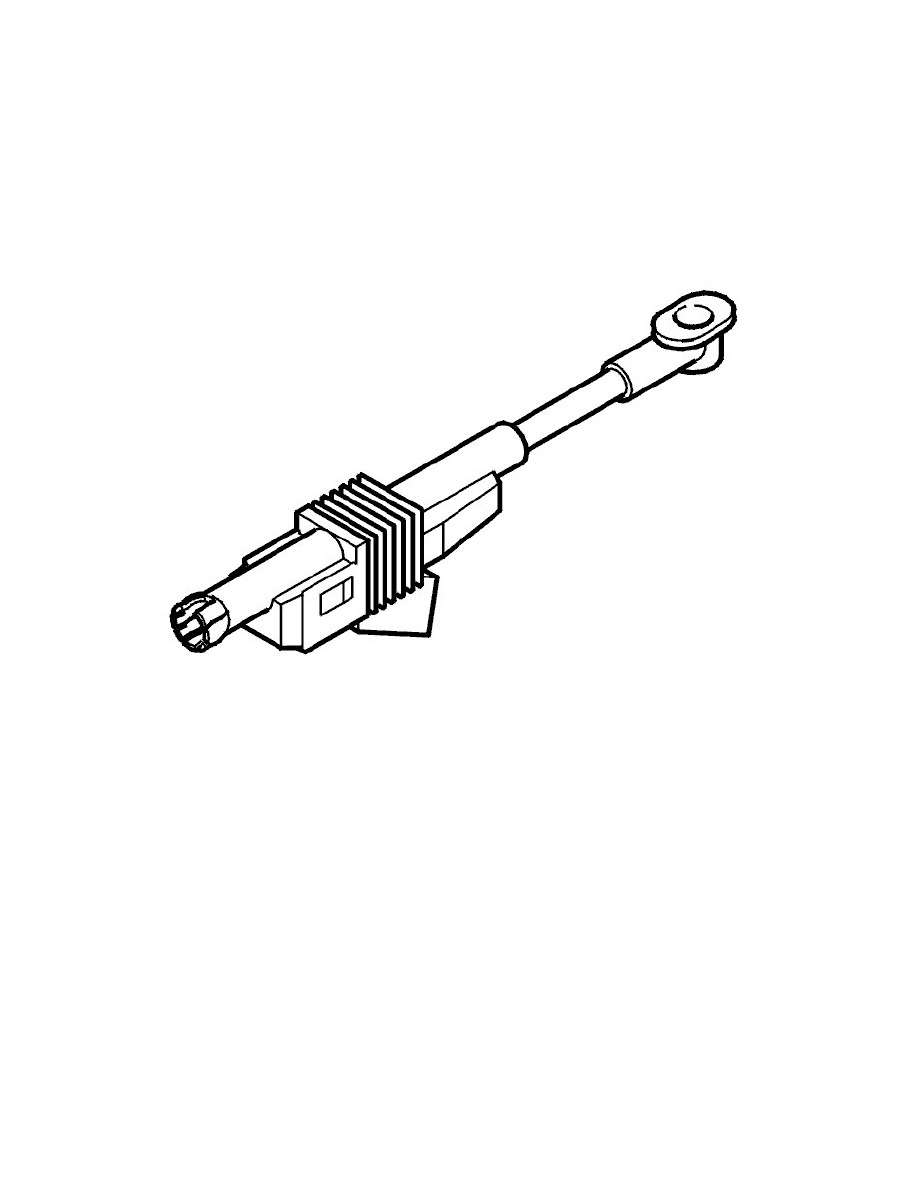S80 L6-2.9L VIN 92 B6294S2 (2004)

when a fault has occurred in CAN communication between the Engine control module (ECM) and the Electronic throttle module (ETM), the throttle unit
then does not receive any desired throttle angles from the Engine control module (ECM) but must then rely on the directly connected PWM signal to
control the throttle.
On vehicles equipped with an automatic transmission, the sensor also contains a mechanical kick-down resistor that gives the driver a kick-down feeling
when the pedal is depressed approximately 80 % of full pedal stroke. In this pedal position, the Transmission control module (TCM) permits kick-down
to be activated. There is no separate switch in this sensor for kick-down.
To determine if the analog and the PWM signal are fault free, the Engine control module (ECM) and Electronic throttle module (ETM) carry out
electrical checks and plausibility checks of the signals. If a fault is detected on any of the signals, the system uses the other signal.
For further information about which tests are carried out, see diagnostic trouble code (DTC) information for the relevant diagnostic trouble code (DTC).
Clutch pedal position sensor (manual transmissions only)
The clutch pedal position sensor is mounted between the clutch pedal and the pedal box. Its task is to supply the Engine control module (ECM) with
information about the position of the clutch pedal.
The clutch pedal position sensor is a slide potentiometer and is supplied with 5 V from the Engine control module (ECM). The signal that varies
depending on the position of the clutch pedal is sent to the Engine control module (ECM). When the pedal is released the signal is 3-4 V, the precise
value depends on which engine control system the vehicle has. The reason that the signal differs between different engine control systems, despite it
being the same sensor, is that the control module's internal circuits differ, which affects the signal level from the sensor. When the pedal is depressed, the
voltage from the sensor drops.
The information from the clutch pedal position is used:
-
to determine when it is permitted to use cruise control
-
on certain markets to prevent the engine from being started if the pedal is released.
To determine if the information from the clutch pedal sensor can be used or not, the Engine control module (ECM) carries out an electrical check of the
circuits and plausibility checks of the signal.
For further information about which tests are carried out, see diagnostic trouble code (DTC) information for the relevant diagnostic trouble code (DTC).
Electronic throttle unit
